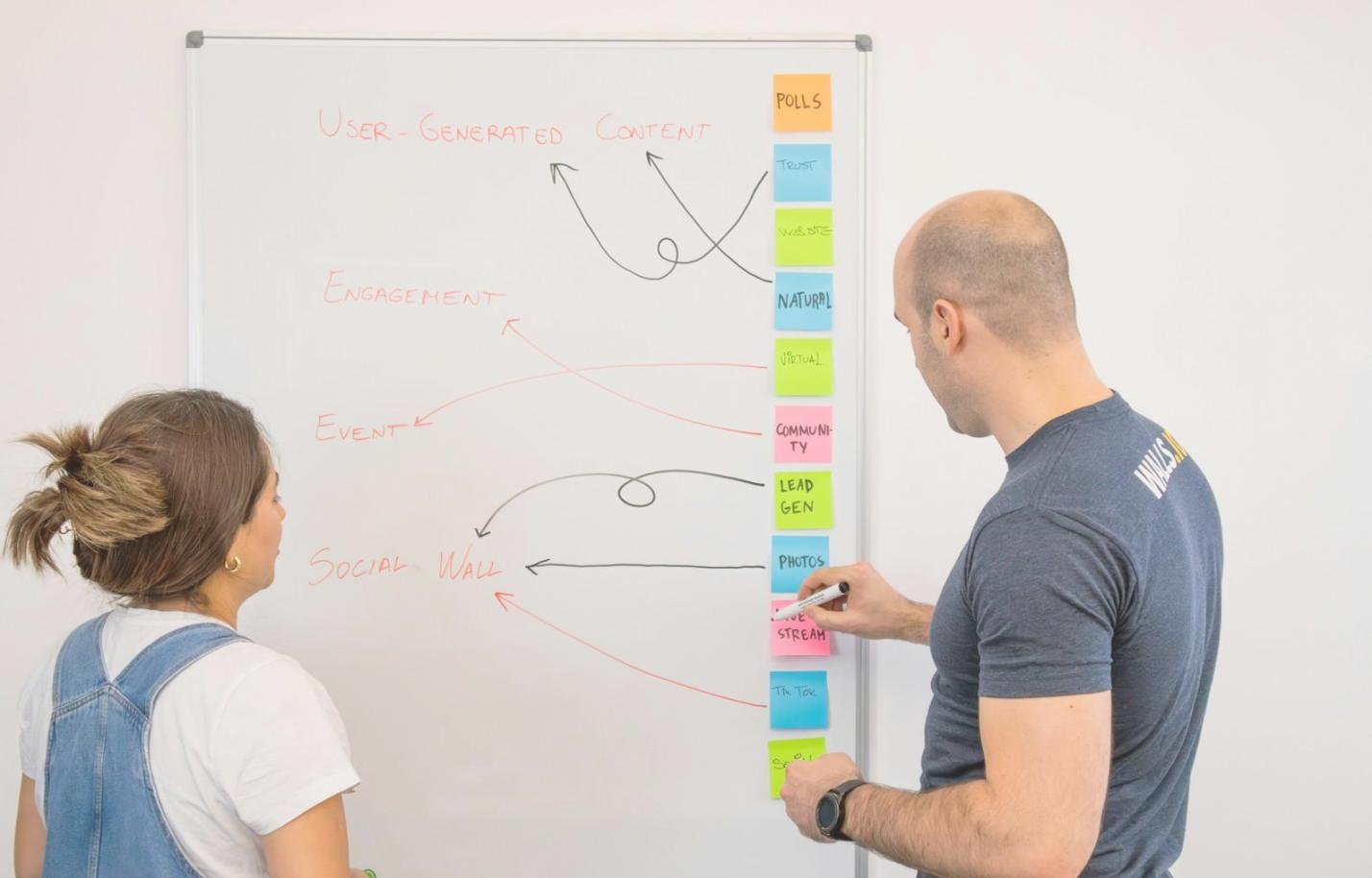We store small files on your device to remember your preferences and improve your experience. You can choose whether to allow or decline these. For detailed information, check our cookie policy page.
Pemberton Manufacturing
Industrial EquipmentThe Situation
Monthly budget reports showed consistent overruns in operational costs, but the finance team couldn't pinpoint where money was actually going. Spreadsheets from different departments didn't match up, and reconciliation took days.
What Changed
After learning deviation analysis frameworks in our autumn 2024 programme, Rhydian's team started tracking expense patterns differently. They built a simple comparison system that flagged unusual charges automatically.
- Found duplicate vendor charges dating back 26 months
- Reduced monthly reconciliation time from 4 days to 6 hours
- Identified three redundant software subscriptions
- Created quarterly review process still in use today

How It Actually Happened
March 2024 - Starting Point
Rhydian enrolled after his accountant suggested he needed better oversight of departmental spending. His company had grown from 12 to 47 employees in three years, but their financial tracking hadn't kept pace. He spent evenings trying to understand where budget variances came from.
May 2024 - First Breakthrough
During module three on variance categorization, he realized his team was treating all overruns the same way. Some deviations were seasonal and predictable, others pointed to actual problems. He started color-coding his monthly reports based on deviation type rather than just amount.
August 2024 - New System
Two months after finishing the course, Rhydian introduced a weekly check-in where department heads reviewed their own spending against forecasts. Instead of waiting for month-end surprises, they caught issues within days. His operations manager found a vendor charging for equipment they'd returned in 2023.
January 2025 - Current State
The company now runs quarterly budget reviews using the framework from the course. Finance team morale improved because they spend less time hunting for errors and more time on planning. Rhydian says the best change was making budget tracking feel less like detective work and more like routine maintenance.

Linnea Thorvaldsen
Finance Director
Westbridge Consulting
I took the winter 2024 programme because our clients kept asking questions I couldn't answer with confidence. Why did project costs exceed estimates? Where exactly did contingency funds go? The course didn't give me magic formulas, but it taught me how to ask better questions of our data.
Our client retention improved that year, though I can't say the course was the only reason. What I can tell you is that budget conversations got easier. When a project goes over, I can now explain the deviation in terms clients actually understand. That's changed how they see our financial management. We're scheduled to run our next programme intake in September 2025.

Thornhill Property Group
Real Estate ManagementThe Problem
Managing 14 commercial properties meant juggling maintenance budgets, utility costs, and tenant improvements. Small overruns on individual properties added up to significant annual losses that weren't caught until tax time.
The Approach
After their property manager completed our course in summer 2024, they implemented monthly deviation tracking for each building. Nothing fancy, just consistent comparison of actual versus planned spending with notes about why variances occurred.
- Caught HVAC contractor overcharging on three properties
- Adjusted maintenance reserves based on building age patterns
- Reduced emergency repair costs through earlier problem detection
- Built predictive budgets using two years of deviation data
Community Learning Trust
Education Non-ProfitThe Challenge
Grant funding came with strict budget requirements, but their small team struggled to track spending across multiple programmes. They'd had to return unused funds twice because they couldn't accurately forecast needs.
The Outcome
Their operations coordinator joined our January 2025 course specifically to handle grant budget management better. She learned to categorize deviations by cause rather than just noting them. When spring grants arrived, she could actually explain variance patterns to funders with supporting data.
- Used full grant allocations for first time in organisation history
- Created reallocation protocols funders approved mid-programme
- Built historical deviation database for future grant proposals
- Reduced reporting preparation time by documenting as they went

Our Next Programme Starts October 2025
We run three annual cohorts with 20 participants each. The course takes 12 weeks, meeting Tuesday evenings. You'll work through real budget scenarios and build analysis frameworks you can use immediately.
View Programme Details